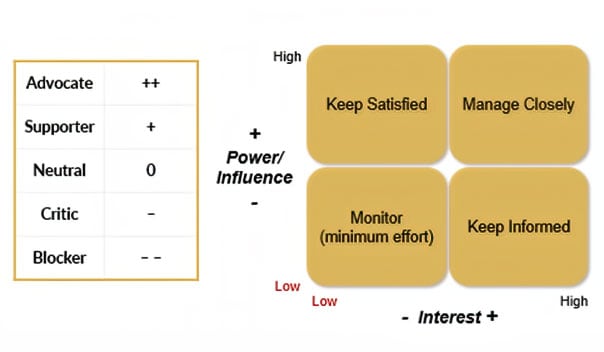Are you tired of feeling overwhelmed by your to-do lists and scattered thoughts? Mind mapping might just be the solution you’ve been looking for. This powerful tool can help you organize your ideas, boost your creativity, and improve your overall productivity. In this blog post, we’ll explore the benefits of mind mapping and how you can start using it to transform the way you work and think.
So What Exactly Is Mind Mapping?
Mind mapping is a visual technique that allows you to organize information in a way that reflects the natural flow of your thoughts. It typically starts with a central idea or theme, and then branches out into related concepts and subtopics. This non-linear approach to note-taking and brainstorming can help you see connections between ideas that you might have otherwise missed.
How Can Mind Mapping Benefit Me?
One of the key benefits of mind mapping is its ability to stimulate creativity. By visually mapping out your ideas, you can uncover new insights and perspectives that can lead to innovative solutions. Additionally, mind mapping can help you improve your memory and retention of information, as the visual nature of the technique makes it easier for your brain to process and recall the information.
OK, so now we know what mind mapping is and how its beneficial, but what does a mind map even look like?
The visual concept of Mind Mapping is super simple, which certainly adds to its effectiveness. You only need a blank piece of paper or a digital mind-mapping tool. Begin by writing down your central idea in the middle of the page, and then start adding branches for related concepts and subtopics. You can use colors, images, and symbols to further enhance your mind map and make it more visually engaging.
5 Ways That Mind Mapping Can Improve Your Project Management Efforts
1. Project Planning: You can create a mind map to outline the project scope, key deliverables, and major milestones. You can also use it to break down the project into smaller tasks and subtasks, assigning responsibilities and deadlines. Let’s take an example within the construction world. If you were a construction project manager you might list your project as the central bubble, communications, procurement, deliverables, etc., as the second layer, and stemming from the procurement layer you could list equipment rentals.
2. Stakeholder Management: Use mind mapping to identify project stakeholders, their roles, and their level of influence. This can help in understanding the project’s impact on different individuals or groups and managing their expectations. We reference this very concept in the Project Scope and Stakeholder Management Session of our Project Management Accelerator Program, as seen in the graphic below. We can refer to this as a Power/Influence vs Interest chart. For even more optimization, you can use the actual chart in your mind map.
3. Risk Management: All projects contain risk — it’s unavoidable. So why not get ahead of it? Create a mind map to visualize potential project risks, their causes, and potential mitigation strategies. This can help in developing a comprehensive risk management plan. Some elements you would want to consider in your plan would be the identification of risks, analysis and mitigation strategies, contingency planning, and team roles and responsibilities.
4. Decision-Making: Successful projects need successful decision-making processes. When faced with complex decisions, create a mind map to visualize the different options, their pros and cons, and potential outcomes. This can help in making informed decisions.
5. Project Monitoring and Evaluation: Use mind mapping to track project progress, visualize performance indicators, and identify areas that require attention or improvement. A great use for a mind map here could be for file organization. Projects have a lot of moving parts, and, therefore, a lot of progress to track — so organization is critical. I personally want both my files and maps to mirror each other.
To conclude, mind mapping is a versatile and powerful tool that can revolutionize the way you work and think. By embracing this visual technique, you can enhance your creativity, improve your productivity, and gain a clearer understanding of your ideas. Even more, it’s a great learning and organizational method that can be applied to engineering and project management concepts. So why not give mind mapping a try and see the difference it can make in your life?
About the Author:

Most recently, during his time working for the public sector, Matthew took on the role of a public works operations manager. There he led quite a few public infrastructure rehabilitation projects and implemented new asset management technologies at a very young age. It is here that the passion for “fixing what’s broken” developed. He now uses his talents to lead EMI’s Learning and Development – Operational procedures, train engineers, and co-host podcasts.
We would love to hear any questions you might have or stories you might share about how mind mapping has revolutionized your productivity.
Please leave your comments, feedback or questions in the section below.















